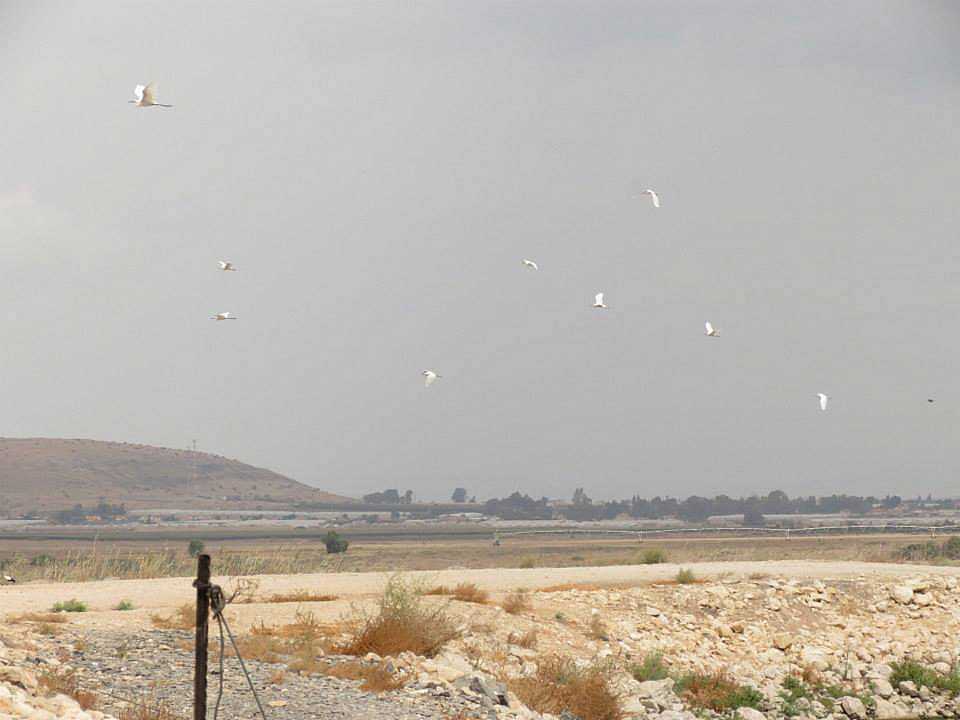Info
District: Baysan
Population 1948: 1180
Occupation date: 01/05/1948
Jewish settlements on village/town land before 1948: Maoz Haim, Neve Eitan
Jewish settlements on village/town land after 1948: None
Background:
al-Ghazzawiyya Before 1948
The village spread over a wide area in the Baysan Valley, west of the Jordan and next to the Baysan-Jericho highway. Its inhabitants were members the al-Ghazzawiyya Bedouin tribe, who, together with tribes of the al-Bashatiwa and the al-Suqur, constituted the bulk of the Valley`s population. They have settled in the area because of the availability of water and fertile soil, and lived in both permanent houses and tents. Ol of the were Muslim. Crop cultivation and animal husbandry were the chief occupation of the `Arab al-Ghazzawiyya. The village was also known in the region for its wool and dairy products. In 1944-45 a total of 14 dunums was devoted to citrus and bananas, and 5,185 dunums were allocated to cereals; 34 dunums were irrigated or used for orchard. The villagers tended their animals in the Jordan Valley in winter and the highlands in summer.
Occupation and Depopulation
The village came under Israeli control on 20 May 1948, the week after the Golani Brigade occupied nearby town of Baysan. Israeli historian Benny Morris, who refers to the village as “`Arab al Ghazawiya,” indicates that the inhabitants may have fled under the influence of the fall of Baysan. The History of the Haganah`s account of the Baysan operation states that the Fourth Battalion of the Golani Brigade “cleansed the entire Beisan valley of bedouins. `
Israel Settlements on Village Lands
No new Israeli settlements seem to have been established on the lands of the village after its fall but several pre-1948 settlements are in the area where the village was located. The most important is the settlement of Ma`oz Chayyim, built in 1937 and located on a hill on the road between Baysan and the al-Shaykh Husayn bridge. Another is Newe Eytan, built in 1938. Both were built on what was traditionally village land.
The Village Today
No physical evidence indicates that the village ever existed; the entire area has been levelled and is now cultivated by Israeli farmers.
---------------------
Source: al-Khalidi, Walid (ed.). All that remains: the Palestinian villages occupied and depopulated by Israel in 1948. Washington DC: 1992.


